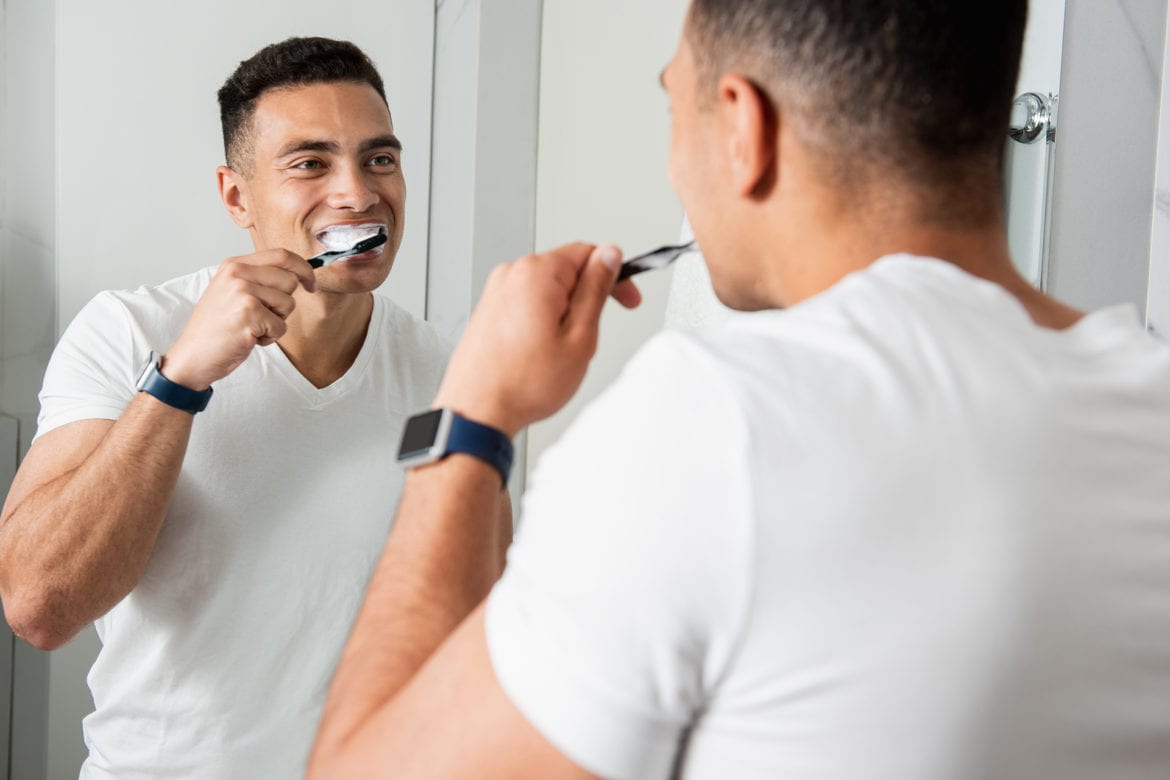A fresh approach to dental care may soon have you looking at hair clippings in a whole new way. Researchers at King’s College London have discovered that keratin-a protein found in hair, skin, and wool-can help restore tooth enamel and stop the earliest stages of decay.
In their latest study, the team found that when keratin meets the minerals naturally present in saliva, it creates a protective layer that behaves much like natural enamel. This layer not only shields teeth from further damage but can also seal tiny channels leading to nerves, easing tooth sensitivity.
Enamel, the tough outer layer of your teeth, is unlike bone or hair-it can’t regenerate once it’s lost. Acidic foods and drinks, poor oral hygiene, and the natural effects of aging all contribute to enamel wear, which can lead to discomfort, cavities, and tooth loss. While fluoride toothpaste can slow the process, the keratin-based treatment goes a step further, fully halting progression by creating a dense mineral layer that strengthens teeth from the outside in.
From Sheep’s Wool to Smile Strengthener
The scientists extracted keratin from wool for their experiments, though it can also come from human hair. When applied to the tooth surface, the protein forms a crystal-like scaffold that mimics the intricate structure of natural enamel. Over time, it attracts calcium and phosphate-key minerals in tooth health-building a durable coating that strengthens and protects.
This method could be delivered in multiple ways: as a toothpaste for daily home use or as a targeted gel applied in a dental office, similar to nail varnish. The researchers are optimistic that with further development, keratin-based enamel repair products could reach the public within two to three years.
Sustainability Meets Dentistry
One of the most promising aspects of this discovery is its sustainability. First author and PhD researcher Sara Gamea explained that keratin can be sourced from biological waste materials like hair and skin, reducing the need for less eco-friendly options used in traditional dentistry. Common dental resins, for example, rely on plastics that are less durable, potentially toxic, and often less natural in appearance. Keratin, on the other hand, can be matched closely to the color and texture of a person’s original tooth.
“This technology bridges the gap between biology and dentistry,” Gamea said, “providing an eco-friendly biomaterial that mirrors natural processes.” The approach aligns with the growing push toward circular, waste-to-health innovations, turning what would normally be discarded into a valuable medical resource.
Senior author Dr. Sherif Elsharkawy sees it as part of a broader shift in healthcare: “We are entering an exciting era where biotechnology allows us to not just treat symptoms but restore biological function using the body’s own materials. With further development and the right industry partnerships, we may soon be growing stronger, healthier smiles from something as simple as a haircut.”
Past Studies and Findings
Tooth enamel repair has long challenged scientists. Biomimetic strategies-techniques that imitate natural processes-have shown potential but often fall short. Past efforts have included calcium phosphate ion clusters, which improved enamel strength but added only limited thickness and raised biocompatibility concerns.

